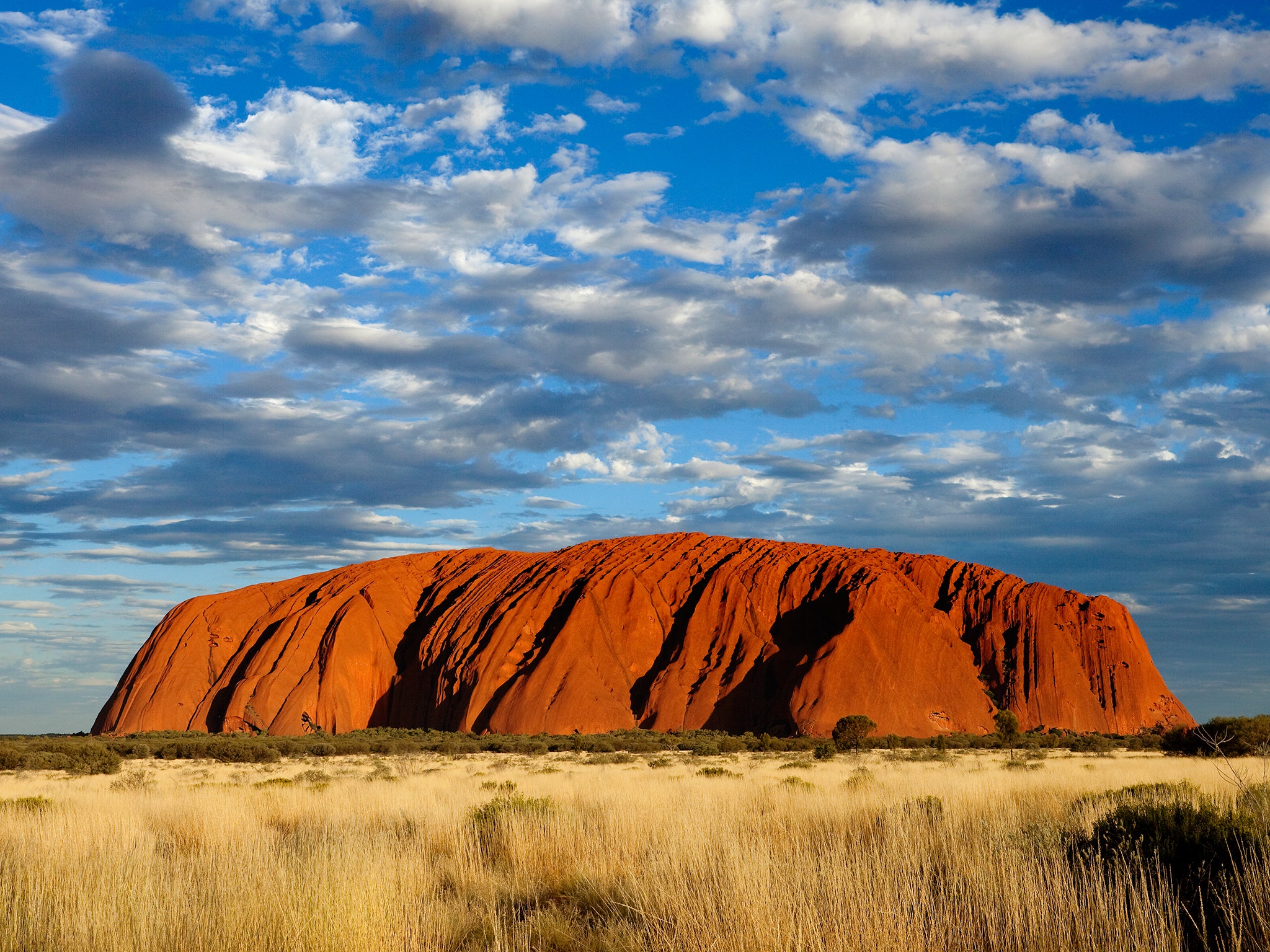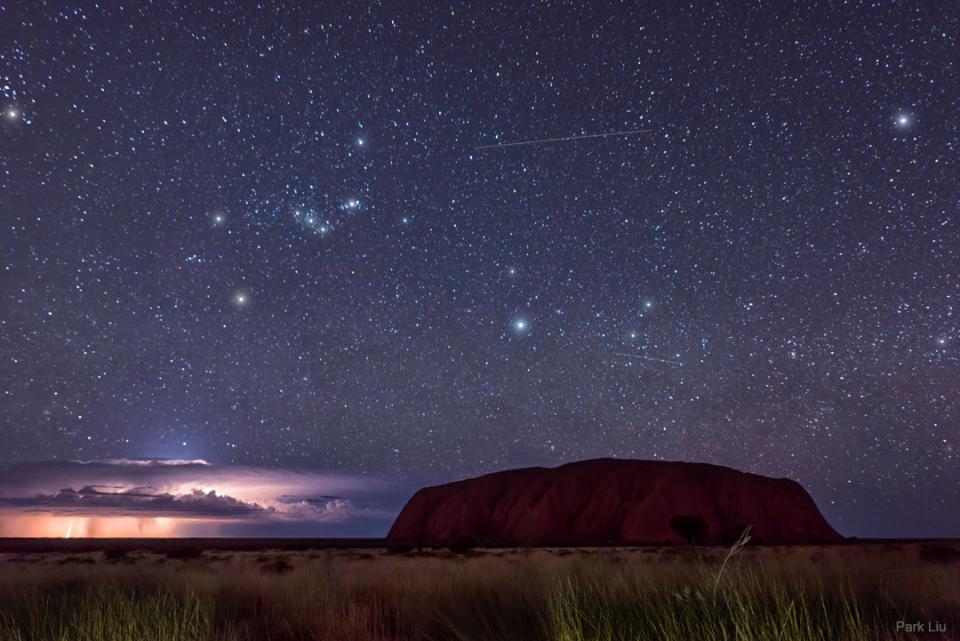
Uluru, also known as Ayers Rock, is a majestic sandstone rock formation located in the heart of Australia’s Red Centre. This natural wonder has an enigmatic history that dates back thousands of years, making it a fascinating destination for travelers seeking to ignite their wanderlust and delve into the captivating stories that surround this sacred site. From its geological significance to its cultural importance, exploring the history of Uluru is a journey that promises to leave you in awe.
Unveiling Uluru: A Journey into the Captivating History
Geological Wonders that Withstand the Test of Time
As you stand before Uluru, you can’t help but marvel at its grandeur. This imposing monolith rises 348 meters above the surrounding landscape, with a circumference of 9.4 kilometers. The incredible geological history of Uluru is believed to span over 600 million years, showcasing the enduring power of nature. Composed mostly of arkosic sandstone, the rock formation’s striking red color is a result of iron oxide staining on its surface.
What makes Uluru truly captivating is the way it changes hues throughout the day. At sunrise and sunset, the rock appears to glow, with shades of red, orange, and purple creating a spectacle that’s truly magical. Witnessing this incredible transformation is a testament to the geological wonders that have withstood the test of time, leaving us in awe of the forces that shaped this ancient landmark.
A Cultural Tapestry Woven with Dreamtime Stories
Beyond its geological significance, Uluru holds immense cultural importance for the local Anangu people, who have been custodians of this land for thousands of years. According to their Dreamtime stories, Uluru is believed to be a creation site, created by ancestral beings during the creation period. These stories are passed down through generations, preserving the rich cultural heritage of the Anangu people.

Exploring the captivating history of Uluru means embarking on a journey through these Dreamtime stories, unraveling the intricate tapestry woven with ancient myths and legends. From the tale of Kuniya and Liru, the snake-like ancestral beings, to the story of Tjukuritja, the marsupial mole, each story adds a layer of enchantment to this already mesmerizing place. Engaging with the local Indigenous people is a unique opportunity to gain a deeper appreciation for the spiritual and cultural significance of Uluru.
The Winds of Change: Preservation and Tourism
In recent decades, Uluru has become an increasingly popular tourist destination, attracting visitors from all corners of the globe. However, this influx of tourists has posed challenges in preserving the cultural and natural heritage of the site. In 2019, a ban on climbing Uluru was implemented, respecting the wishes of the Anangu people who consider it a sacred place.
This shift towards sustainable tourism has allowed visitors to explore Uluru’s captivating history while also ensuring the preservation of its cultural significance. Guided tours and cultural experiences offer a deeper understanding of the stories and traditions associated with Uluru, showcasing the importance of responsible travel. By treading lightly and respecting the land and its custodians, we can continue to ignite our wanderlust while ensuring the enchanting history of Uluru endures for generations to come.

Unveiling Uluru is an invitation to embark on a journey through time, connecting with the captivating history that envelops this ancient wonder. From its geological wonders that have stood tall for millions of years to the rich cultural tapestry woven by the Anangu people, Uluru offers a unique and inspiring experience for wanderlust-driven travelers. As you explore Uluru’s captivating history, remember to tread lightly and embrace the spirit of responsible travel, ensuring the preservation of this sacred site for generations to come. Let the enchanting story of Uluru ignite your wanderlust and leave you forever changed.